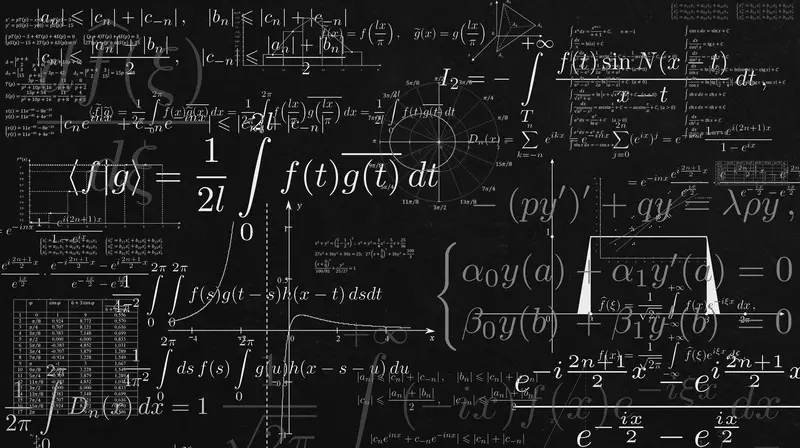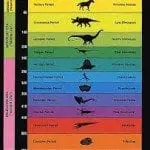The unit “mole” is used in chemistry as a counting unit for measuring the amount of something. One mole of something has 6.02 × 10 to the 23rd power units of that thing.
The magnitude of the number 6.02 × 1023 is challenging to imagine.
To understand the scale of such immense numbers, let’s start small and work our way up to them.
The number 1,000 is easy for us to understand. At the rate of one number per second, a person could count to a thousand in 1,000 seconds (1.0 × 103), or about 16 minutes.
However, if the same person counted to a million (1.0 × 106), he would need more than two weeks to complete the task of counting at the rate of one number per second, assuming he counted for 16 hours per day.
At the same rate, it would take this person nearly fifty years — the better part of an entire human lifetime — to count from one to one billion (1.0 × 109).
At the rate of one number per second, it would take a person 11,570,000 days, or about 31,709 years, to count to one trillion (1.0 × 1012).
A mole is 0.602 trillion or 602 billion times larger than 1 trillion.
If you ask an astronomer how many stars there are in the heavens, they will answer over one trillion trillion, or approximately one mole of known stars.
Stars are made up of matter, mostly hydrogen. The Big Bang theory assumes that all of that stellar matter came about as the result of a single big explosion that set the universe in motion. (Big Bang proponents never have answered the questions regarding from where did all that hydrogen generate and how did the explosion escape the gravitational field generated by so large a stellar mass — but that is another topic for later discussion.)
Evolution (building on the Big Bang) then assumes that all that exploded gas, through natural processes and random selections, formed itself into the galaxies, stars, planets, and life forms that can be seen today.
The idea that natural processes by random selection account for all we see really rubs me the wrong way. Evolution is either the luckiest process in the universe or it is a monumental myth.
It takes loads of faith to believe that random chance using natural selection created complex stellar structures, immense planetary systems, and complicated physiologic processes. It takes colossal commitment to believe that it happened on a universal, mole-sized scale.
When one looks at all the stars and the energy they produce, and then extends that to the entire cosmos and all its detail, surely a rational, unbiased person must pause and ponder the creation and the universe’s Creator.
Certainly, in my mind, no belch of celestial gas could ever account for it.






